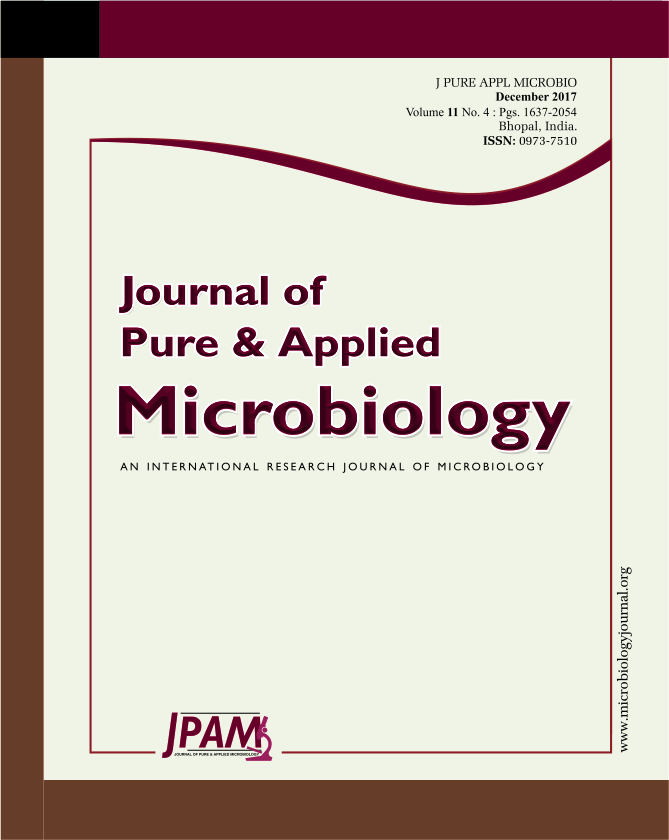The present study was carried out to optimize the degradation process of textile azo blue dye by the potential strain Streptomyces DJP15 isolated from dye contaminated soil in and around Palakad Textile Industry, Palakad District, Kerala state, India. The decolourizing activity of the potential isolate Streptomyces DJP15 was measured spectrophotomterically at every 6 h over a period of 54 h in starch casein broth amended with 50 mg/L of the test dye, azo blue. It was noticed that, there was a decrease in the optical density (OD) indicating the degradation of the test dye by the potential isolate Streptomyces DJP15. Different incubation conditions like shake condition, static condition, dye concentration, pH and temperature were used in the present study to investigate their effect on the rate of decolorisation. The potential isolate Streptomyces DJP15 exhibited significant decolourisation activity at 48 h of incubation for all the degradation condition studied. The conditions optimum found for degradation of the azo blue dye by the potential isolate Streptomyces DJP15. The highest degradations were noticed at static conditions, 50 mg/L of dye concentration, 3% v/v inoculum concentration, 7 pH and 35 °C temperature respectively. The results of the present study confirms that the isolate Streptomyces DJP15 was effective in degrading the textile dye azo blue under optimized conditions.
Streptomyces, textile dye, azo blue, optimization, biodecolourisation.
© The Author(s) 2017. Open Access. This article is distributed under the terms of the Creative Commons Attribution 4.0 International License which permits unrestricted use, sharing, distribution, and reproduction in any medium, provided you give appropriate credit to the original author(s) and the source, provide a link to the Creative Commons license, and indicate if changes were made.


